The Hunter is arguably the most iconic Ranger subclass. After all, the highly skilled survivalist that has no problem facing down ferocious beasts is a well-established character type!
Simply tracking your quarry is often not enough; sometimes danger needs to be hunted down and eliminated. These Rangers turn the tables from being hunted to being the hunter.
Whether it be frontline melee or ranged sniping, the Hunter is capable of dealing impressive amounts of weapon damage.
Rangers need to survive on their own in the cruel wilderness. They commonly have little to no support when protecting civilizations and free peoples from external threats of the frontier. Thankfully, this is where the Ranger’s Hunter subclass shines.
Being a Ranger is not a glamorous job and will not necessarily win you wealth or fame. But somebody has to do it!
Will you answer the call and be the only line of defense between a violent frontier and civilization? If so, the Hunter just might be the subclass for you.
This is the full subclass guide to the Hunter Ranger in D&D 5e!
What is the Hunter Ranger in D&D 5e?
Hunter Rangers dwell where civilization brushes up against the wilderness. Whether it be forests, mountains, deserts, or otherwise, the Hunter plays a vital role in protecting civilization from external threats.
There they hunt down and eliminate dangers to the civilized world.
Hunters almost always lead solitary lives and tend to be hardened and stoic individuals. Though they might occasionally meet with others like themselves at a lodge or other kind of gathering.
However, these characters favor strong self-reliance and surviving on their own in the wilderness while they stalk their quarry. After all, the laws of the wilderness favor the strong!
Most often, being a Hunter is a bit of a thankless job.
After all, these characters live in a world of frontier violence protecting civilized folk. Those civilized folk might even be unaware they are being protected and possibly even have a certain distrust of Rangers.
But when push comes to shove, you can bet that the Hunter will be there.
The Hunter subclass is one of the original Ranger subclasses found in the Player’s Handbook alongside the Beast Master Ranger.
Role in the Party
The Hunter is a valuable addition to any adventuring party. Whether it’s helping them traverse the wilderness or supporting them with their martial prowess in combat.
This subclass is heavily skewed toward the martial end of the spectrum. It can deliver a significant amount of weapon damage each round whether you favor a ranged or melee build.
Rangers are also known for helping parties survive in the wilds and most importantly keeping an adventuring group from getting lost. The Hunter is no exception.
Of course, they also have access to the Ranger’s spell list which can offer some extra handy utility.
A Hunter’s role is also very customizable. Starting at level 3 where the Hunter chooses their archetype, there are multiple options to choose from at every feature level.
Will you choose to be a Colossus Slayer Hunter capable of assessing an enemy’s weaknesses in real time?
Maybe you prefer being David and taking on “Goliaths” by choosing the Giant Killer Hunter option?
Or perhaps Horde Breaking and spreading around the pain is more your preference!
Keep in mind this subclass can be molded to fit almost any campaign style and environment. Both of these factors may influence your archetype choice as well as your role in the adventuring party.
A Hunter is never a burden as they are self-sufficient and more than capable when it comes to combat.
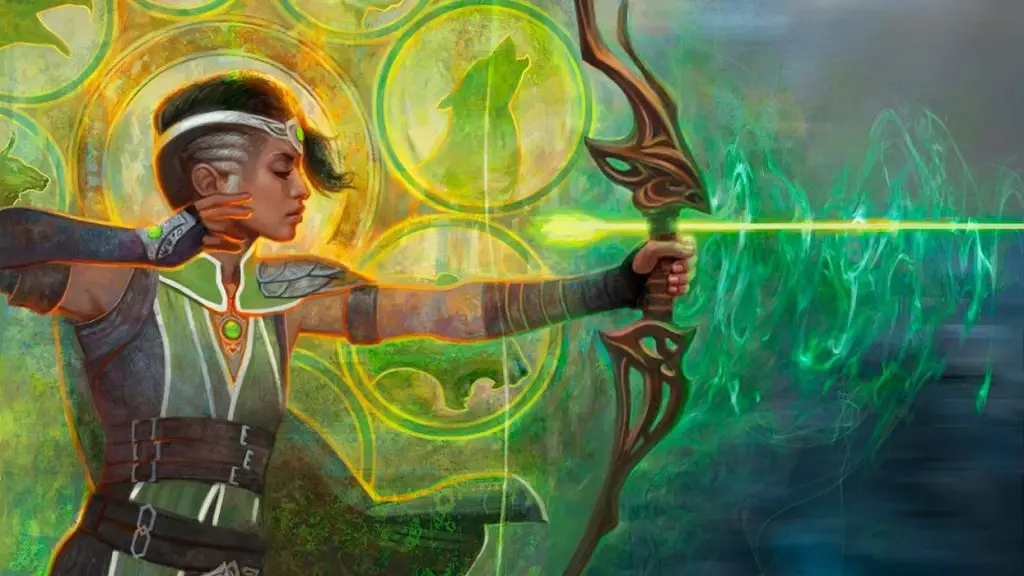
Hunter Ranger Features 5e
One of the most exciting features of the Hunter subclass is the options you get at every featured level. This allows for further customization and role-playing opportunities.
Another important aspect of this subclass’s feature options is that almost every option is useful and easy to understand. This makes the Hunter archetype an excellent choice for new players and experienced players alike.
The Hunter is great if you want to start kicking some butt and enjoying the game as you learn along the way.
I would highly recommend choosing the Hunter subclass if you are a beginner Ranger. You’ll be able to make an immediate impact without learning too many of the nuances that can come with 5e.
Hunter’s Prey (Level 3)
The Ranger archetypes’ feature options begin at 3rd level. Right out of the gate, you’ve got an exciting choice to make. Be sure to leverage the Hunter’s Mark spell with any of these choices and start doing some serious damage.
Be warned though!
The choice you make here will shape your Ranger from level 3 all the way up to 20.
Choose wisely as you have to live with your choice.
Related: Hunter’s Mark in D&D 5e Explained
Colossus Slayer
Whether you prefer ranged weaponry or armed melee combat, this is a great option.
It’s extremely useful during lower and mid-level play. An extra 1d8 damage per turn without making a separate attack roll is extra impactful!
When you hit a creature with a weapon attack, the creature takes an extra 1d8 damage if it’s below its hit point maximum. You can deal this extra damage only once per turn.
Another great aspect of the Colossus Slayer feature is it does not require a bonus action to activate.
In certain scenarios, this can also be used twice per round.
Keep in mind that using a reaction to make an opportunity attack does not count toward this feature’s limit of one attack per turn. If you do land an attack of opportunity on an enemy that is below their maximum HP, don’t forget this!
Colossus Slayer is what I like to call a “bread and butter” option. It’s not flashy but it’s effective (especially for lower to mid-level characters.)
The allure does wear off eventually as adventurers progress in level. However, this is true of many of the damage-boosting features across most ranger archetypes at 3rd level.
Giant Killer
Many players find Giant Killer to be a little underwhelming, and at 3rd level, it won’t see much use. Even at higher levels, it’s not always a factor either.
(it’s a trap!)
However, for certain adventures like Against the Giants (found in Tales From the Yawning Portal) or others involving plenty of big creatures, it can be more useful…sometimes… maybe.
(it’s still most definitely a trap!)
When a Large or larger creature within 5 feet of you hits or misses you with an attack, you can use your reaction to attack that creature immediately after its attack, provided that you can see the creature.
This option CAN shine in CERTAIN situations at middle to higher levels of play but comes at a huge cost.
Many Large or larger creatures have high melee attack bonuses and Rangers tend to have a middle-of-the-road Armor Class. As you rise in level creatures also get more attacks on their turn. Get ready to take a beating… and often…
Also, note that this is also completely useless if you are building your Ranger for ranged combat.
While Colossus Slayer is more useful at lower to mid-levels and Horde Breaker is a long-term feature, Giant Killer doesn’t hit the same notes. It’s pretty useless unless your PC is into living very dangerously or wants to roleplay a Ranger that is a bit over the top in combat.
However…
If you’re going mano-a-mano and tanking against dragons, ogres, giants, or the Tarrasque, it can become pretty exciting.
Horde Breaker
Horde Breaker is a pretty awesome option, especially at 3rd level and forevermore.
Once on each of your turns when you make a weapon attack, you can make another attack with the same weapon against a different creature that is within 5 feet of the original target and within range of your weapon.
This is good.
Horde Breaker becomes more enticing when you realize this option seems to have the most long-term value and (unlike Colossus Slayer) the amount of damage will increase as a character progresses.
However, you need to balance that with the fact that you have to spread your damage output between opponents and the pros and cons of both options become clearer.
Sure, Horde Breaker is another situational ability. However, it’s not quite as limited as Giant Killer. For starters, it works on any size opponent and shines in both melee and ranged situations!
Most importantly you do not have to put your character in harm’s way for this feature to become an option.
Of course, you will have to make a separate attack roll, however, many feel this ability edges out Colossus Slayer. If you’re playing a longer campaign, it’s definitely one to consider!
Also Check Out: Ranged Combat in D&D 5e Explained!
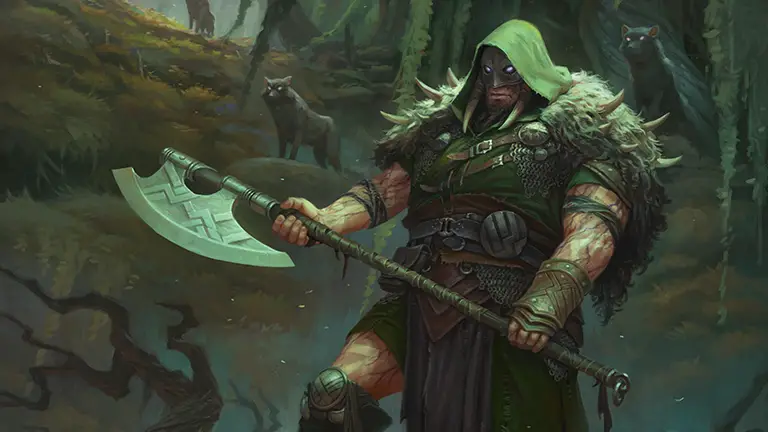
Defensive Tactics (Level 7)
At level 7, the Hunter Ranger gains the Defensive Tactics feature. Fitting with the name, the options here are meant to increase your overall survivability in various situations.
The three options at level 7 are: Escape the Horde, Multiattack Defense, and Steel Will.
Although none are all that exciting, Multiattack Defense is the clear winner of the three in most cases. Still, it’s important to know what you’re getting with each of the options.
Let’s check it out!
Escape the Hoard
Running away from foes is rarely necessary for Rangers. You’re resilient enough in combat that you don’t need to focus on having an “escape plan” like Rogues, for example.
Opportunity attacks against you are made with disadvantage.
Not particularly fascinating, but intriguing or so it would seem.
Escape the Horde makes it easier for you to wiggle out of tight situations where you may otherwise be harmed or even perish.
There are several issues, though, and there are other options available to you at level 7 to replicate this ability.
Firstly, you can just use the disengage action. The easiest and safest route to protecting your PC is simply to disengage and live to fight another day.
Another option is to take the spell Zephyr Strike. Casting this spell burns a 1st level spell slot, but that should be cake at level 7.
Zephyr Strike offers the same benefit and then some. Specifically, you can move around without inviting attacks of opportunity. Plus, it gives you advantage and increased damage on an attack followed by a huge burst of speed!
Compared to Escape the Hoard, Zephyr Strike has more aggressive uses and is more consistently effective against opportunity attacks.
Of course, you can also emulate Escape the Hoard by taking the Mobile feat if you frequently find yourself needing to duck in and out of combat.
Related: All About Feats in D&D 5e!
The last factor to take into consideration is that Rangers usually have a pretty hardy hit point total. Since Rangers tend to be healthy. It’s not usually mission-critical to get out of the way of an opportunity attack.
Yes, this can certainly save your bacon in those rare instances. However, most of the time you can withstand enough damage to make Escape the Horde an unnecessary choice.
Multiattack Defense
Multiattack is usually the winner of the three 7th-level feature options.
When a creature hits you with an attack, you gain a +4 bonus to AC against all subsequent attacks made by that creature for the rest of the turn.
This works well with melee Ranger builds.
Large combatants frequently use have two, three, or even more attacks with their multi-attack features. Additionally, they also tend to have a decent modifier to their attack rolls.
Multiattack Defense greatly increases your likelihood of surviving any potentially dangerous creature assaults.
Beyond level 5, nearly every enemy that isn’t a specialized spellcaster is likely to be making at least two attacks per round.
Trust me, you don’t want to be on the wrong end of a Frost Giant’s two axe swings. Even scarier are creatures like the Marilith (a high-level fiend) that makes a whopping SEVEN attacks per turn!
Steel Will
In D&D 5e, the frighten effect can be extremely frustrating and harmful. It’s also not a particularly uncommon thing for enemies (especially Undead and Fey creatures) to use.
To say it’s inconvenient is a huge understatement!
You have advantage on saving throws against being frightened.
Being frightened can prevent your character from approaching foes, it will put you at a disadvantage during fights, and occasionally make you run away.
However, it is highly uncommon for spells that cause you to save against the Frightened condition to also result in worrisome damage or death.
The Phantasmal Killer spell, which damages you while you’re frightened, is the major exception. But how often will you face the Phantasmal Killer spell in the grand scheme of your game?
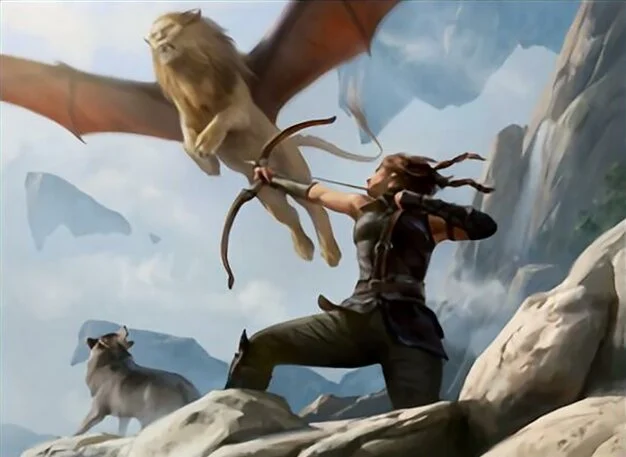
Multiattack (Level 11)
You have two options at level 11.
Both of these are great since they provide you with area of effect powers. That’s not super common for martial classes which makes this a stand-out feature for Hunter Rangers.
Watch the bodies pile up if you invest in options that boost the damage from each of your attacks. Great Weapon Master is a great option and asking your party’s spellcaster to cast Magic Weapon can also be impactful.
Of course, the decision you make should be influenced solely by your preferred weapon type. Ranged-based Rangers should choose Volley and those who prefer melee combat should pick Whirlwind Attack.
Volley
The Hunter’s Volley feature can hit up to 16 creatures in one turn. Possibly even more if you’re in an extremely crowded combat area.
You can use your action to make a ranged attack against any number of creatures within 10 feet of a point you can see within your weapon’s range. You must have ammunition for each target, as normal, and you make a separate attack roll for each target.
Volley will cost you a lot of ammunition, so stock up and start raining pain down on your enemies.
Be the epic bow-wielding Hunter you always dreamed of being!
Whirlwind Attack
If you prefer an “up close and personal” approach in combat, you’ll want to take Whirlwind Attack instead of Volley. Enemies that are trying to surround you will be in for quite a surprise!
You can use your action to make a melee attack against any number of creatures within 5 feet of you, with a separate attack roll for each target.
Slicing and dicing your way to victory, this is a great way to get yourself a bit of breathing room. Of course, if you chose Horde Breaker for your Hunter’s Prey feature, you’ll also be getting yet another attack!
However, there are a few things that you’ll want to be aware of with Whirlwind Attack…
First things first, the enemies have to be within 5 feet of you. So, even if you’re using a polearm or something else with the Reach property, the enemies have to be right next to you.
Secondly, you are using your action to use Whirlwind Attack. That is different than taking the Attack action which means that any effects that specifically require you to take the Attack action won’t apply.
If you took the Two Weapon Fighting style, you won’t get quite as much value out of this feature. Sometimes it will be handy, but you’ll need to be hitting 4 enemies (or 5 if you chose Horde Breaker) for it to be helpful.
Though there might be times for a dual-wielding character to want to use their bonus action for something else while still hitting multiple enemies. It’s not useless, but it becomes a bit more niche in that case.
If you took the Dueling fighting style, however, this becomes wonderfully efficient!
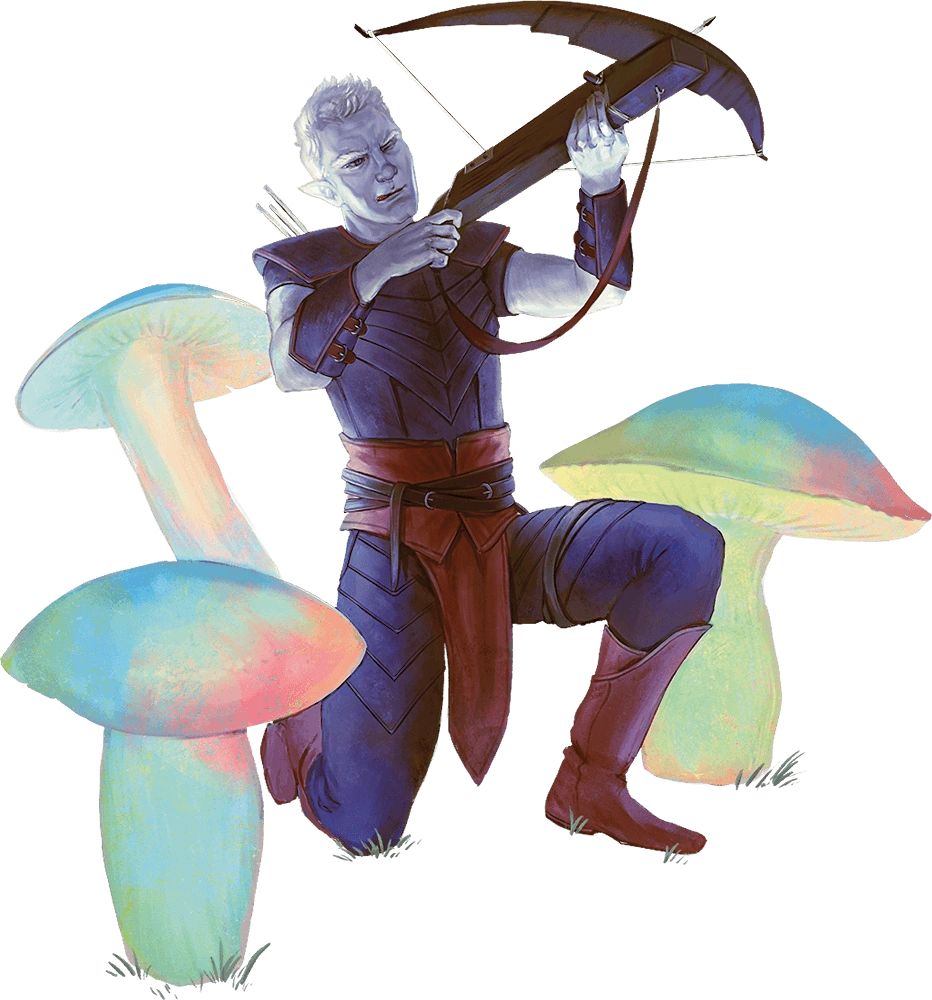
Superior Hunter’s Defense (Level 15)
At 15th level the Hunter Ranger receives another feature and, as usual, there are options. Three to be exact: Evasion, Stand Against the Tide, and Uncanny Dodge.
This is a helpful boost to your defensive abilities and the options are less situational than those you had with Defensive Tactics at level 7.
However, Uncanny Dodge is the winner here in most cases. Though Evasion might also be worth considering depending on your Hunter’s build.
Evasion
You didn’t make it to this level by having slow reflexes! Now they’re even better!
When you are subjected to an effect that allows you to make a Dexterity Saving Throw to take only half damage, you instead take no damage if you succeed n the saving throw, and only half damage if you fail.
Especially in the higher levels when you’re getting this, AoE spells and attacks hit very hard. Besides, a breath attack from an ancient dragon is probably not something you want to just “take on the chin”!
Evasion is a good option for many Hunters, especially those focused on Dexterity. Between this and the Ranger’s proficiency with Dexterity saving throws, you’re practically immune to Area of Effect spells (AOE)!
Stand Against the Tide
Stand Against the Tide is probably the least useful of the 3 options at 15th level. It’s certainly the most limited!
This option relies a lot on situational factors, especially positioning. You have to use a reaction and it requires the adversary to miss you THEN hit the target you designate.
When a hostile creature misses you with a melee attack, you can use your reaction to force that creature to repeat the same attack against another creature (other than itself) of your choice.
It just seems an infrequent occurrence. Realistically, both Evasion and Uncanny Dodge hold more value for a Hunter Ranger. That being said this does seem like a “fun” ability if and when it applies.
Uncanny Dodge
Though if we’re picking the best and most reliable option from Superior Hunter’s Defense, it’s Uncanny Dodge.
When an attacker that you can see hits you with an attack, you can use your reaction to halve the attack’s damage against you.
Especially in moments where you take a SERIOUS hit, using your reaction to halve the damage is a no-brainer. Realistically, the overwhelming majority of your damage in gameplay will be coming from attacks.
But it gets even better!
When used alongside Multiattack Defense, you significantly lower the risk of taking further hits while also reducing the damage of the initial strike!
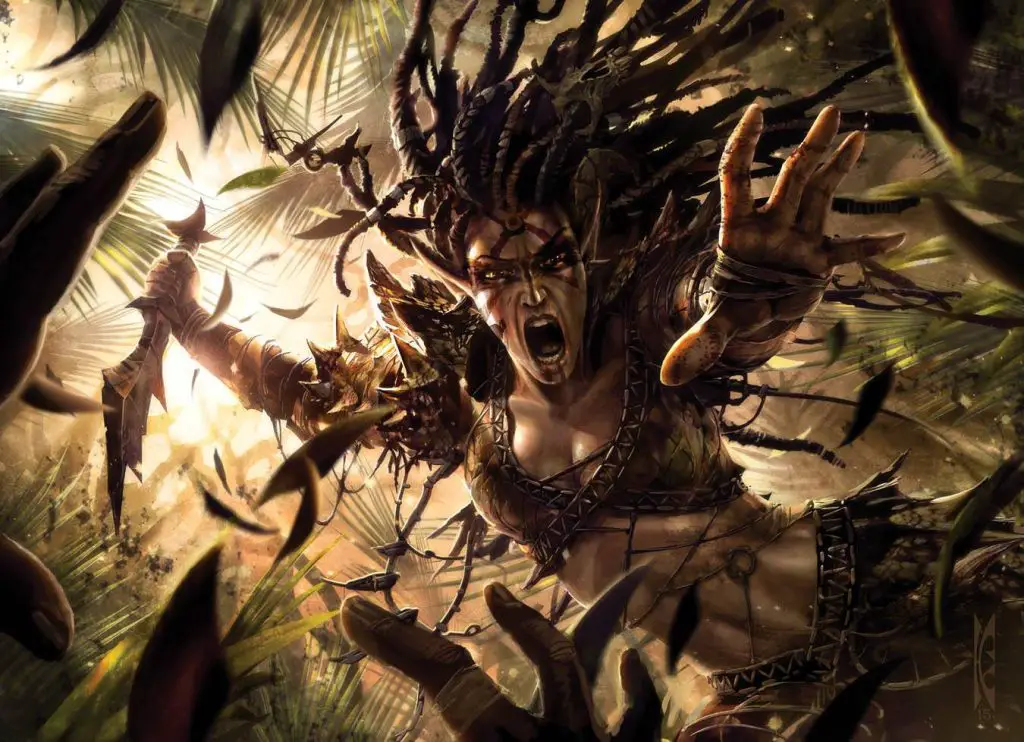
Connections
Hunter Rangers should not be hard to connect to most parties and adventures. After all, the Hunter is a fantasy genre staple.
Tying them into adventures and parties is relatively easy. Much of D&D is traveling through vast, uncharted swaths of wilderness and tracking down antagonists causing problems with a local village or dungeons filled with untold riches!
Perhaps you and the adventuring party are hunting down the same antagonists. Maybe the party needs a wilderness guide and some extra muscle or long-range sniping once they locate their quarry? Maybe you started off as competitors but decided to join forces.
One of the main features that sets Hunters apart from other Rangers is that Hunters are the strike forces of the Ranger profession. They take a certain pride in carrying out the dirty work and are very combat-centric.
Figuring out the Hunter aspect is a bit more open-ended.
What led your character to become a Hunter? What experiences or values led to them not just tracking threats but eliminating them?
Perhaps your family was captured or killed and you’ve vowed to hunt down those that hurt your loved ones. Maybe you are part of a Ranger faction and you showed certain qualities that led to being trained as a Hunter.
As we covered earlier in this guide: someone has to do the dirty work!
Rangers already get along well with Druids, so you’ll most likely become close friends with local druids in your neck of the woods. But you’ll also get along with more martial-oriented characters that you can share stories of your hunts with.
Maybe the party’s Druid needs help protecting a grove from a group of problem-causing humanoids. Perhaps there is a bounty on the heads of local bandits and you’re just the Hunter for the job!
There are an unlimited number of ways to connect Hunters to adventures as well as adventuring parties. There are also tons of examples in fantasy books, and movies to draw inspiration from.
Don’t mistake the Hunter Ranger as being “basic.” It’s a time-tested character type that is a blank canvas for you to make your own!
Is the Hunter Ranger Good?
The Hunter is simple to brush off at first look.
It’s one of the PHB’s initial subclasses and it’s not particularly flashy. Thus, the newer subclasses must be definitively better, right?
No, not always.
The Hunter may not be showy, but it is highly reliable. It’s certainly able to deliver a significant amount of weapon damage each round with plenty of choices for both ranged and melee builds. The extra weapon damage also compliments Hunter’s Mark extremely well as does the Ranger spell list.
But it’s not all about dealing damage. Hunter Rangers also have some serviceable defensive features to further support their effectiveness in combat.
The real exciting abilities are the powerful Multiattack features, Volley and Whirlwind Attack. Either of these options will likely have other players feeling some damage-envy during combat!
But outside of the crunchy stuff, this is a great subclass choice for newcomers to 5e as well as anyone looking to create an archetypical Ranger in the style of Aragorn. (Though Aragorn didn’t use Charisma as his dump stat, unlike most 5e Hunters.)
It’s a simple straightforward and uncomplicated subclass with plenty of options to build the Hunter Ranger you envision.
While newer Ranger subclasses might bring more style and “flash”, there’s something to be said about a subclass that’s consistent and reliable.
Related: Ranking Every Ranger Subclass in D&D 5e!
Conclusion – Hunter Ranger in D&D 5e
I’ve been playing since 1981 and the Hunter subclass takes me back to the roots of the Ranger in D&D. I also enjoy that there are ways to customize Hunters so no two are alike.
The Hunter subclass isn’t something groundbreaking and new, and of course, some of the newer Ranger subclasses are more powerful in certain situations and campaigns. But, in my experience, the Hunter is still a solid subclass that is also very easy to run and develop.
I hope you’ve found this guide to the Hunter Ranger in D&D 5e to be a help for you and your group!
As always we’d really enjoy reading your thoughts on the Hunter Ranger subclass in the comments below.
That’s all for now! Happy hunting to you and may the dice be in your favor!
Don’t forget to sign up for the Tabletop Joab newsletter! It’s the best way to get all the latest player guides, DM Tips, news, reviews, and more for D&D 5e right to your inbox!
You can also follow me on Facebook and Twitter.
If you found this article helpful and want to support the site, you can buy me a coffee here! (It’s not expected, but very appreciated!)

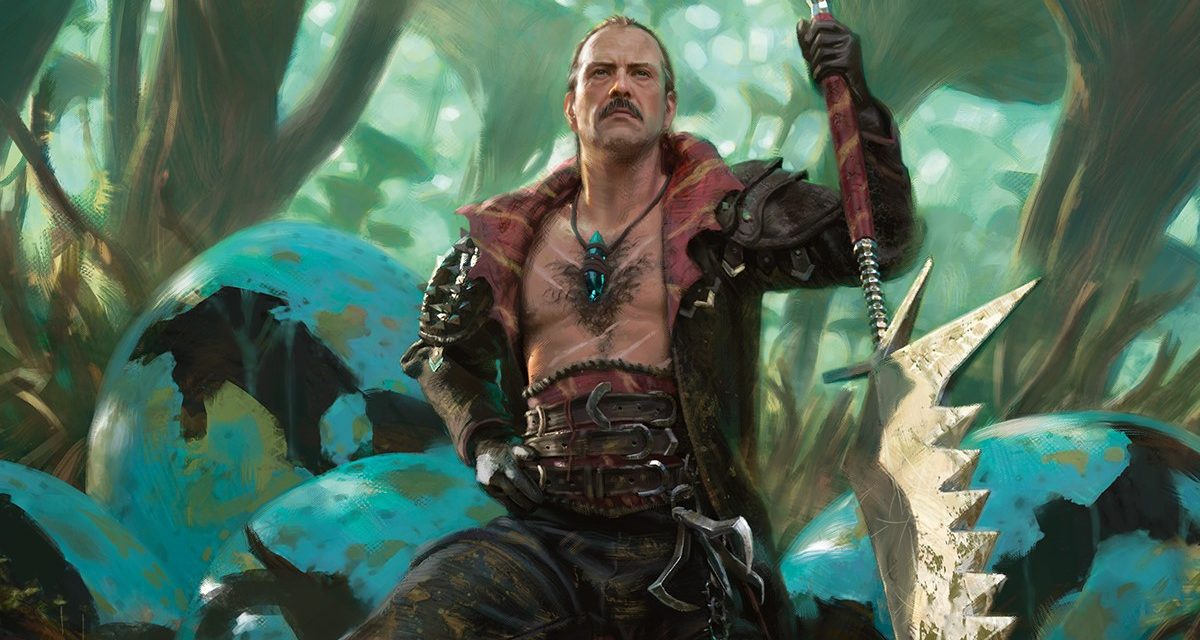

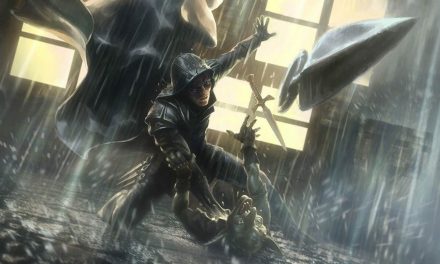
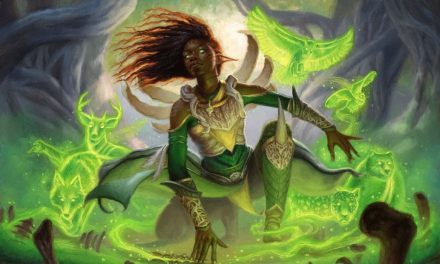
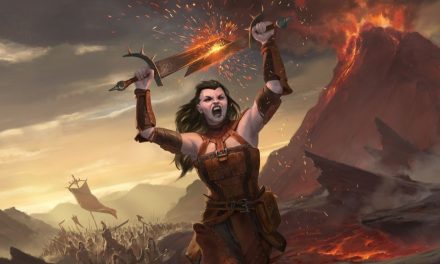
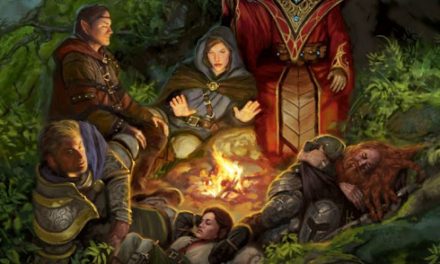




Recent Comments